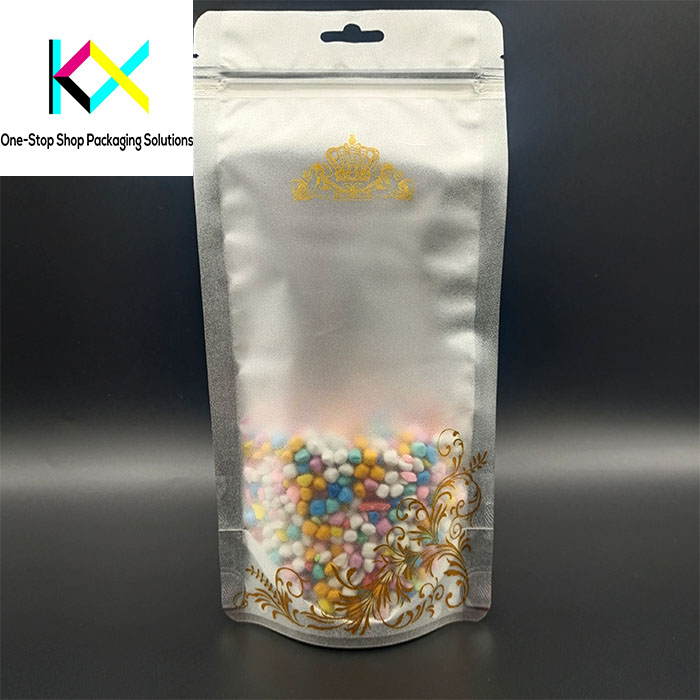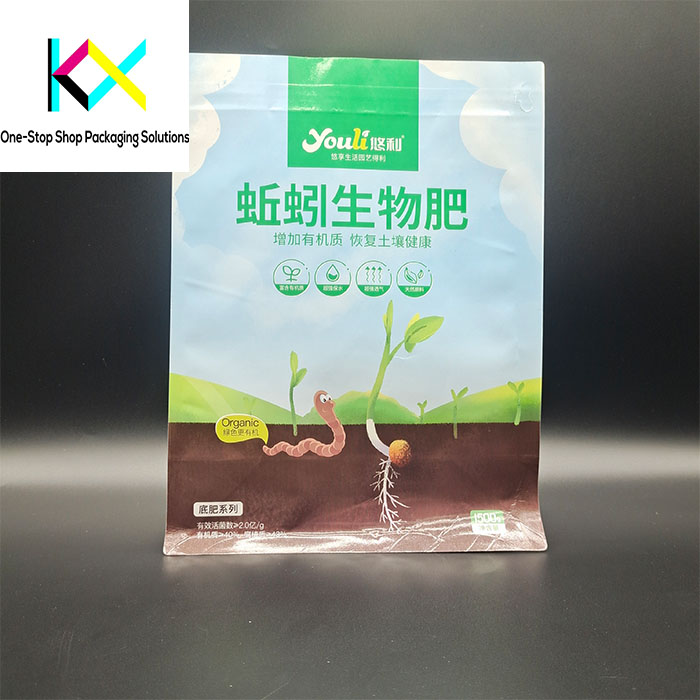Determining the Thickness of Plastic Packaging Bags
Plastic packaging bags are essential in various industries, serving multiple functions such as containment, protection, and presentation of products. One of the critical factors in the design of these bags is their thickness. The thickness of plastic packaging bags significantly influences their performance, durability, and suitability for specific applications. In this article, we will explore how the thickness of plastic packaging bags is determined and the factors that influence this crucial decision.

1. Understanding Thickness Measurement
Thickness is typically measured in mils (one mil equals one-thousandth of an inch) or microns (one micron equals one-millionth of a meter). The appropriate thickness for a plastic bag depends on its intended use, the type of material used, and the specific requirements of the product it will contain.

2. Factors Influencing Thickness Determination
Several factors influence the determination of thickness in plastic packaging bags:
-
Product Type: The nature of the product being packaged plays a significant role in thickness selection. For instance, heavier or sharper items, such as tools or glass products, may require thicker bags to withstand punctures and tears. Conversely, lightweight items like produce can be packaged in thinner bags.
-
Barrier Requirements: Different products have varying needs for protection against environmental factors such as moisture, oxygen, and light. For instance, food products may require thicker, multi-layered bags that provide superior barrier properties to extend shelf life and maintain freshness.
-
Storage and Transportation: The conditions under which the bags will be stored and transported can influence thickness decisions. Bags that will be subjected to rough handling or extreme conditions may need additional thickness for added protection.
-
Regulatory Standards: Some industries, particularly food and pharmaceuticals, are subject to strict regulations regarding packaging materials. Compliance with these regulations can impact the minimum thickness requirements for plastic bags.
-
Cost Considerations: Thicker bags are generally more expensive to produce. Therefore, manufacturers must balance the need for durability and protection with cost-effectiveness. Thinner bags can be more economical but may compromise strength and protection.


3. Common Thickness Standards
While there is no one-size-fits-all answer for plastic bag thickness, there are common standards based on application:
Grocery and Retail Bags: Standard grocery bags typically range from 1.5 to 2.0 mils in thickness. These bags are designed to carry lightweight items like groceries and are generally sufficient for everyday use.
Trash Bags: The thickness of trash bags can vary widely based on their intended use. Standard kitchen trash bags are usually around 1.0 to 1.5 mils thick, while heavy-duty trash bags may range from 2.0 to 3.0 mils or more, designed to handle heavier waste without tearing.
Food Packaging: Food-grade plastic bags often range from 1.0 to 3.0 mils, depending on the type of food being packaged. For vacuum-sealed bags, thicker options (3.0 to 5.0 mils) may be used to provide an airtight seal and protect against freezer burn.
Industrial Bags: For industrial applications, such as packaging bulk materials, bags can be much thicker, often ranging from 3.0 to 6.0 mils or more, depending on the materials being handled.
4. Testing and Quality Control
To ensure that the selected thickness meets the required standards, manufacturers often conduct various tests. These tests may include:
- Tensile Strength Tests: Measuring how much force the bag can withstand before breaking.
- Puncture Resistance Tests: Determining the bag’s ability to resist punctures from sharp objects.
- Seal Strength Tests: Evaluating how well the seams hold under stress.
Quality control processes help manufacturers maintain consistency in thickness, ensuring that each bag meets the specified requirements.
5. Conclusion
Determining the thickness of plastic packaging bags is a multifaceted decision that involves considering various factors, including the product being packaged, barrier requirements, storage conditions, regulatory standards, and cost considerations. By carefully evaluating these elements, manufacturers can select the appropriate thickness to ensure that their packaging is both functional and economical.
As sustainability becomes increasingly important, many manufacturers are also exploring thinner, eco-friendly options that maintain performance while reducing plastic usage. Innovations in materials and manufacturing processes will continue to shape the future of plastic packaging bags, offering new opportunities to meet the evolving needs of consumers and businesses alike.
You can visit our website to know more about our flexible packaging pouch:
